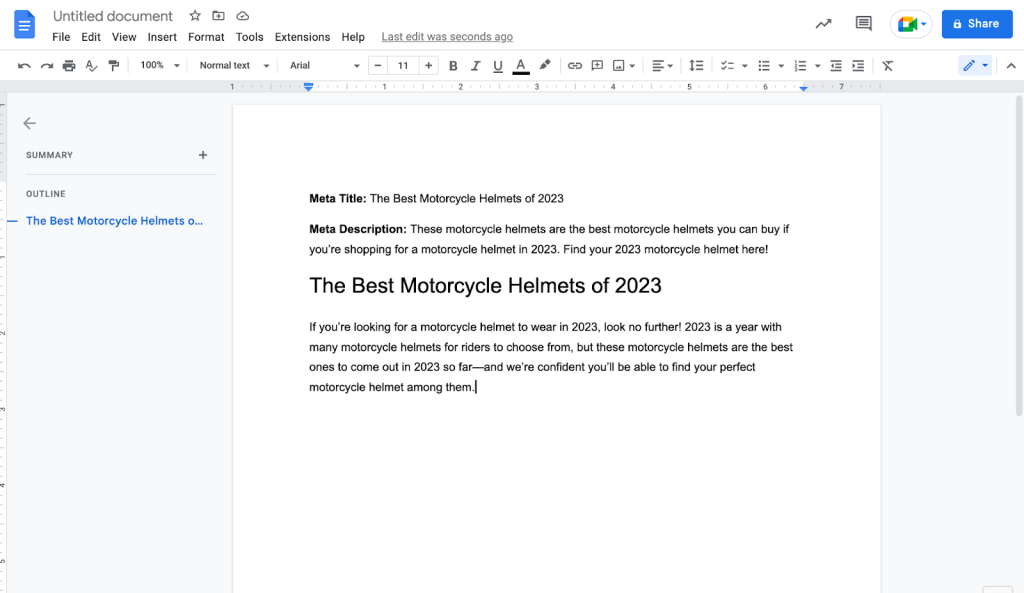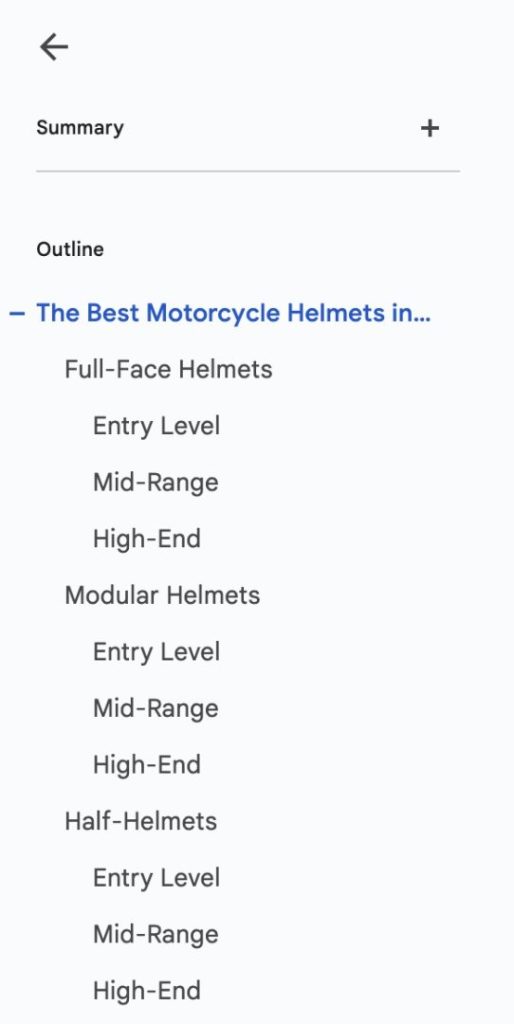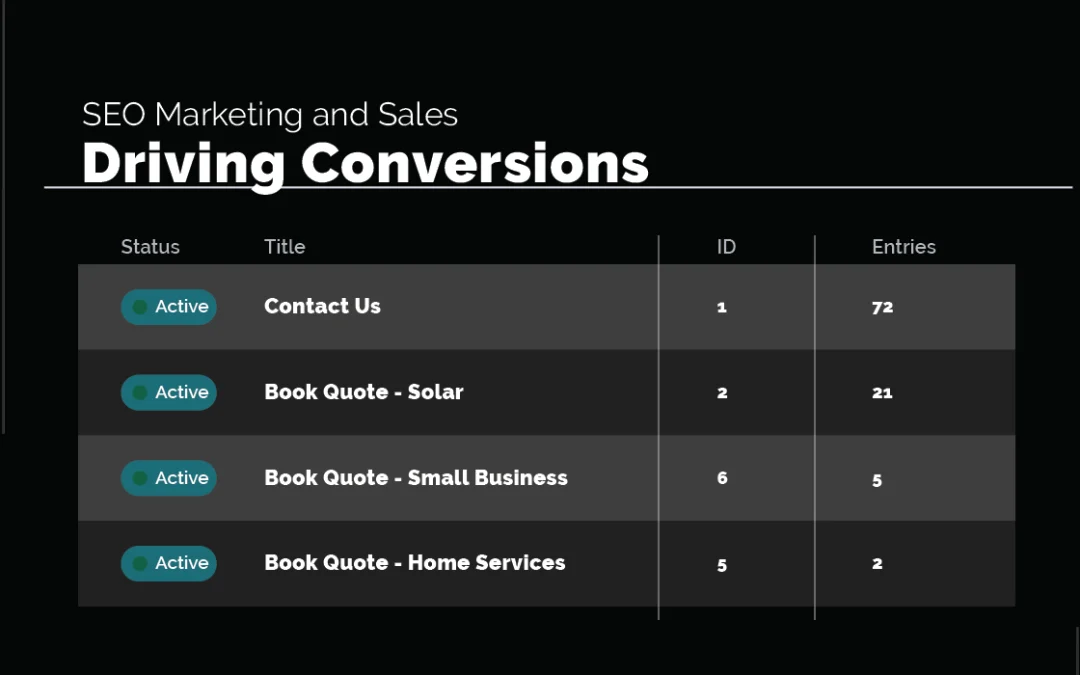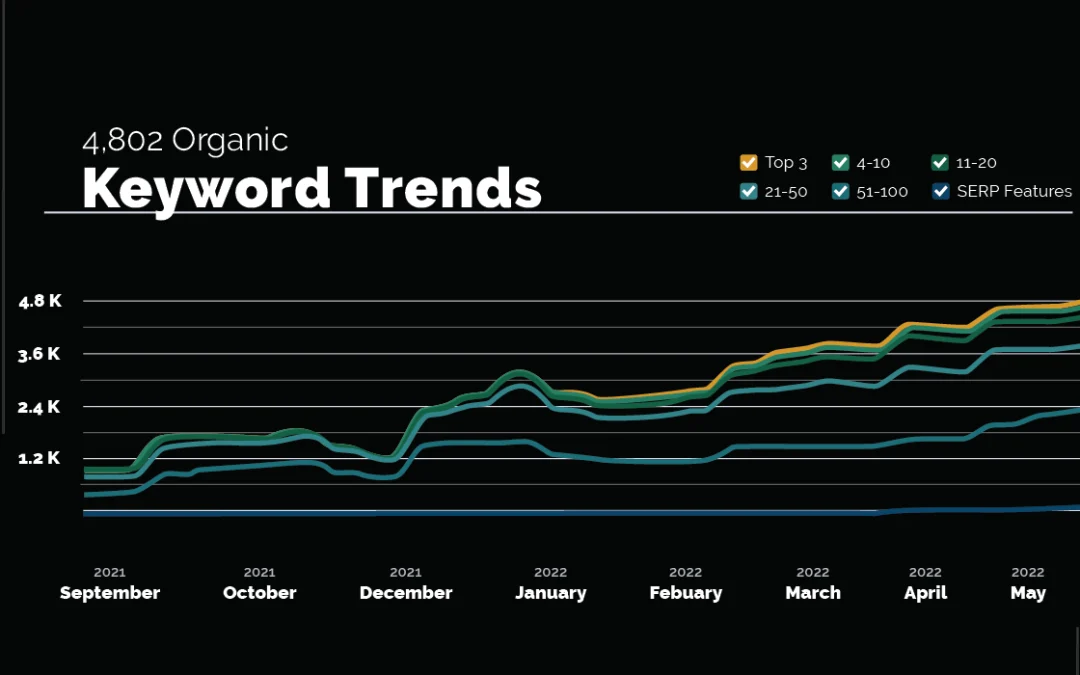Summary
- Overuse of SEO techniques can hurt your content and cause search engines like Google to penalize it.
- A good rule of thumb to follow is that your SEO techniques should never come at the expense of your user’s experience.
- Think less in terms of keywords, and more in terms of topical relevance and completeness.
- Signs your content is focused on SEO at the expense of user experience include keyword stuffing, poor readability, excessive internal linking, and no focus on user intent.
- If the content looks, feels, or reads off due to optimization, it probably is over-optimized.
SEO is essential for making your content rank higher, helping it reach a wider audience and giving you a long-term way to build your brand. But SEO is a little like using sugar for baking—while there’s no doubt that it’s important, using too much can ruin the whole recipe.
What does too much SEO look like, and how can you find the right balance? We’ll show you below by going over SEO techniques that are commonly or easily overused and providing you with some rules you can follow to avoid making the same mistake. Whether you’re building an entire WordPress website or writing a blog post to power your rank and bank SEO campaign, this guide will help you apply just the right amount of SEO to your efforts. Let’s get started.
What Does a Well-Optimized Page Look Like?
Well-optimized pages have relevant, high-quality content that provides value to your audience. They should also load quickly, be mobile-friendly, guide visitors towards the actions you want them to take, and be easy to navigate.
Search engine algorithms consider a wide range of factors in order to determine how well your page accomplishes each of those goals. Below, you’ll find a list with several of the major things Google and other search engines look for.

Core SEO Building Blocks
Any time you type something into a search engine, it goes through its index of all the sites it has ever crawled and tries to find you the best results. The criteria it uses to do that are what SEO aims to satisfy. These include things like:
- Keywords matching the search query
- Backlinks from other relevant websites
- Useful and high-quality internal links
- Location information corresponding to the searcher’s area (unless otherwise specified)
- Relevant metadata (including titles, descriptions, and image alt-text)
- Content that provides users with a genuinely valuable experience
- The convenience, accessibility, and originality of the content
User Experience Is the Endgame
What trips up many content creators is treating technical elements like keywords or internal links as the end goal, when these things should only exist to serve the needs of the user. A decade or so ago—when search engine algorithms were less sophisticated—stuffing a page full of keywords was often enough to improve rankings. Today, content must be objectively excellent and helpful for the user—don’t get trapped in old SEO thinking!
What Does “Too Much SEO” Look Like?
You might see SEO like the fuel tank on your car—where the more you put in, the farther your content goes. But take that metaphor a step further. Overfilling your gas tank won’t give your car more range; it could actually damage the engine. In much the same way, using more SEO techniques than necessary can negatively impact your content’s performance.
Remember, search engines have been tweaked and refined over the years to reward content that does its job well and offers value for users. And while keywords, backlinks, and other on-site optimization techniques can help make your content more visible, they can also annoy your readers if they’re not integrated in ways that feel natural. So the short answer is: content is over-optimized the moment it’s clear to a viewer that you’re targeting optimization instead of the user’s experience.
Common Signs of Over-Optimized SEO Content (& How to Avoid Them)
To help you avoid over-optimizing your content for SEO, we’ve put together this handy checklist. Make sure your content avoids these red flags for Google and other search engines and you should be able to avoid shooting yourself in the foot:
Keyword Stuffing
This refers to content filled with the same keywords and phrases (often in a way that doesn’t feel normal or intuitive). The keywords might also be too generic. Here’s an example:

Wow, can you guess what our keyword string was here? You don’t need to stuff keywords into every title, description, heading, and paragraph. Google’s algorithm actually ranks each page using a hierarchical view of its content, meaning it knows your H3s exist to explain your H2s (and so on).
Here’s a tip: if you’re using Google Docs to write content, you’ll notice that the Summary sub-navigation bar is also organized that way. That’s not a coincidence. Google encourages you to write the same way it “reads” your content—so you don’t need to have keywords in every subheading. See the following example for reference:
 |  |
Notice that the example on the right uses the keyword “motorcycle helmets in 2023” much more often—but the example on the left is easier to read and navigate (and still uses the keyword where it counts). The one on the left is optimized; the one on the right is over-optimized.
Excessive Interlinking
Content that includes too many internal links—often using the exact same keyword as anchor text—also impacts user experience negatively. Here’s an example:

Having all these links in the same paragraph makes navigating the content—so it’s perceived by Google’s algorithm as a way to manipulate rankings instead of providing value.
Poor Readability
As you can see from both examples above, content with too many keywords and interlinks is often difficult to read, with poor grammar or awkward sentence structures. These are giveaways that the content was written for search engines instead of the people using them.
No Focus on User Intent
Your content should always be structured around your audience—their goals, their pain points, and the solutions to those problems. Content that focuses too heavily on SEO elements at the expense of UX often fails to do this effectively.
How to Tell If Your Content Is Over-Optimized
To avoid over-optimizing your content, always consider the perspective of your target audience: write copy you would want to read if you were searching for the topic the content addresses, and include the information you would want to find in a way that’s clear and accessible. Keep your interlinking modest and natural, and only link to pages that enhance the user’s experience.
One easy way to gauge whether your content is over-optimized is to try the read-along test: simply read your content out loud and pay attention to its readability and flow. If you notice awkward sentence structures, unnatural repetitions of keywords, or phrases that don’t fit the context, it’s a strong indication that your content may be over-optimized.
Optimizing Content Can Be a Balancing Act
If you can nail the above, you’ll be able to create content that satisfies search engine algorithms while providing obvious value to readers. This will do more than just improve your initial rankings—it will also get people engaging with your content, following its CTAs, and sharing it so that it can find a wider audience. As a result, you’re likely to see your rankings snowball over time, helping you grow your brand and build your customer base.
Learning how to use the right touch consistently when optimizing your content takes time, but practice pays off. To find expert support for your SEO efforts now, contact Monochrome Marketing—we’ll be happy to have a conversation with you about how to create a content strategy that aligns with your business goals.








